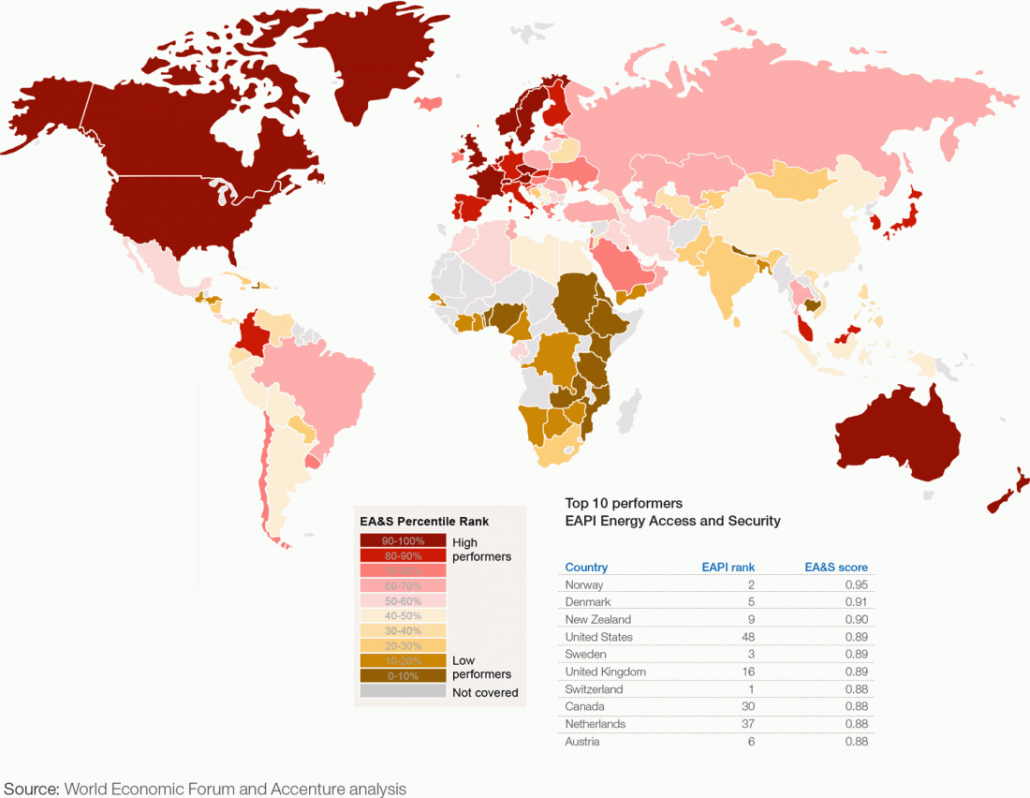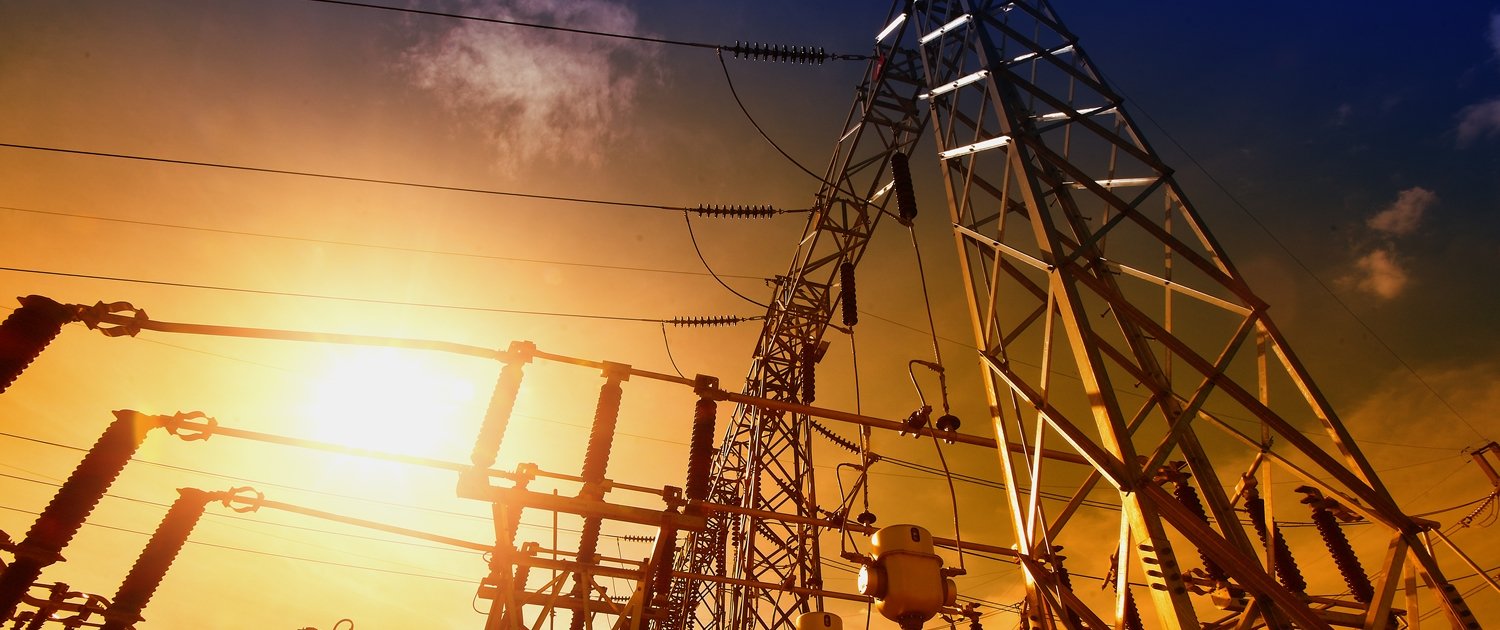What is the global distribution of energy consumption and supply?
Energy is needed for various activities, including lighting, cooking, heating, agriculture, transport, and powering industry. As a country becomes increasingly developed, its energy demand grows. The graph below illustrates the rapid global primary energy consumption increase over the last 70 years.
In 1965 the bulk of total energy was consumed North America, Europe and Eurasia – collectively, they accounted for more than 80 per cent of global energy consumption. Although energy consumption has increased in these regions since the 1960s, their relative share of the total has declined significantly. Consumption across the rest of the world has been increasing, most dramatically in the Asia Pacific where the total consumption increased more than 12-fold over this period.
The map below shows energy use per capita in 2023. Countries rich in energy resources, including North America, Europe, Australasia, and parts of the Middle East, also have high energy consumption. These areas mostly contain HICs.
Some regions, including South America, North Africa, and parts of Asia, have relatively high energy use but limited energy resources. These countries rely on energy imports to meet demand.
Much of central and eastern Africa, where energy resources are scarce, has low energy consumption.
Energy Security
Energy security is largely determined by energy supply and demand. Most of the world experiences energy insecurity. The map below shows that despite having a high reliance on imports North America and Europe are largely energy secure. However, large areas of central and southern Africa, Asia and South America experience energy insecurity.

Energy security and access 2016
Related Topics
Use the images below to explore related GeoTopics.



